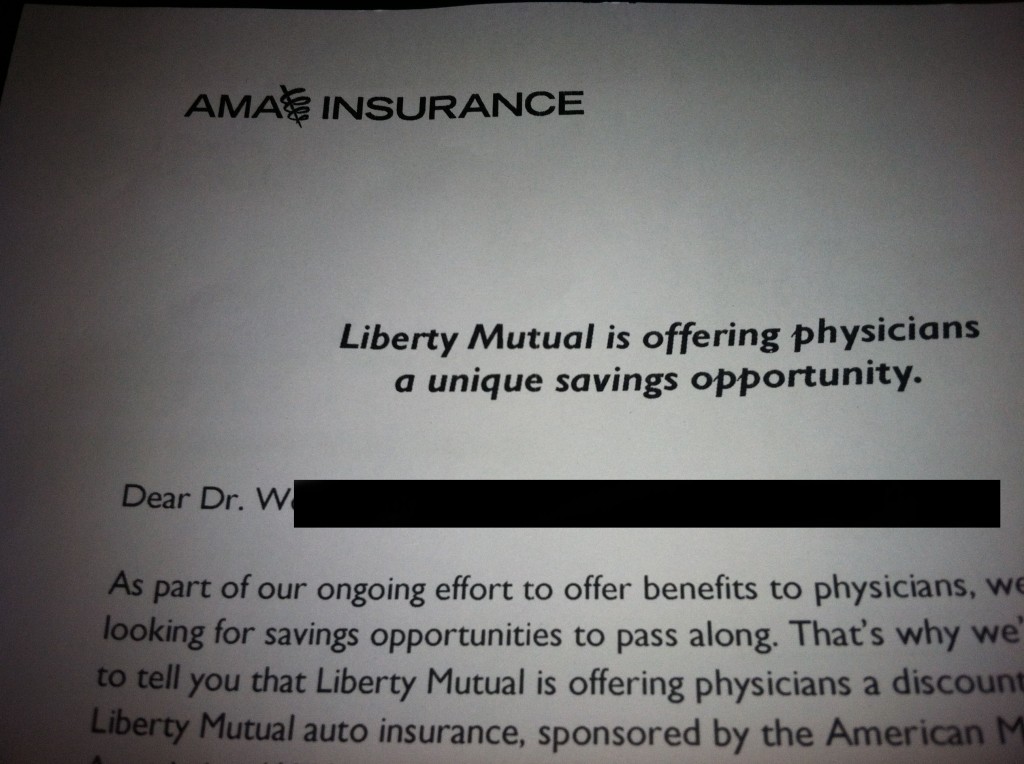A few years ago I heard of husbands (or fiances) requiring of their brides(-to-be) a contractual agreement to maintain their figure throughout their marriage. I laughed. Ridiculous, I thought to myself. Even as a male who accepts that males are visual creatures, I thought this to be a very shallow and superficial thing to ask of someone you love.
I won’t pretend to know what the motivation was behind those requirements. If they were solely for physical appearances, then I’m still in disagreement with them.
But almost 2 years after I’ve started regularly seeing patients (even as a medical student), I wonder if that sort of requirement is a bad thing. But before you call for the firewood and stake, hear me out.
Preventable medical diseases make up more than half of the medical problems plaguing this country. And in the short time I have been on the wards, I have watched as patients and their families suffered because they did not take care of themselves. Pain and suffering because people didn’t prioritize a healthy lifestyle — for whatever reason. Perhaps they just didn’t know any better. Perhaps they just didn’t prioritize it. Perhaps they just didn’t think about it.
One thing I have said to classmates is that being in the hospital and caring for our senior citizens has got me terrified about growing old. It is true that we only see the sickest, and that those that take care of themselves are able to avoid many of the outcomes/conditions that freak me out. Nevertheless, I see how bad it gets when one doesn’t take care of one’s self. I see it in the end-stages.
I am not advocating maintaining a figure solely for aesthetic purposes. That is just a plus. I am for being healthy. A couple weeks ago, I decided that for this coming new year I wanted to commit to radically changing my diet and exercise habits. I reasoned that starting in July, I will be seeing my own patients. And I cannot sit there trying to convince patients to eat healthy and exercise regularly if I am not willing to do the same.
And so, I have been reading more about nutrition. I am hoping to plan out menus for myself because I realize that diet is crucial to the picture of health.
But I recently thought to myself that the best gift I could give to a wife, children, or anyone else I love, is myself. I owe it to them to hang around for as long as I can.
They say that men need to feel like they are providing for their family. What is more important than providing yourself and your time? I almost feel like it’d be irresponsible of me to start a family if I wasn’t doing everything I can do stick around for as long as possible.
And so I’m not looking at this from a vanity standpoint. I’m looking at this from a health standpoint. Because I’ve seen and watched what the end-points of preventable diseases can look like. And THAT scares me.
Perhaps the requirement to keep a figure is a wrong thing. Perhaps, though, the motivation behind the requirement is what should be scrutinized.
So here’s to a new year. To a radical change. To a healthier year.
I partly write this here so that I will be accountable. They say that is what happens when you share your goals with others.
I also write this because it’s always fun to do things with company.






